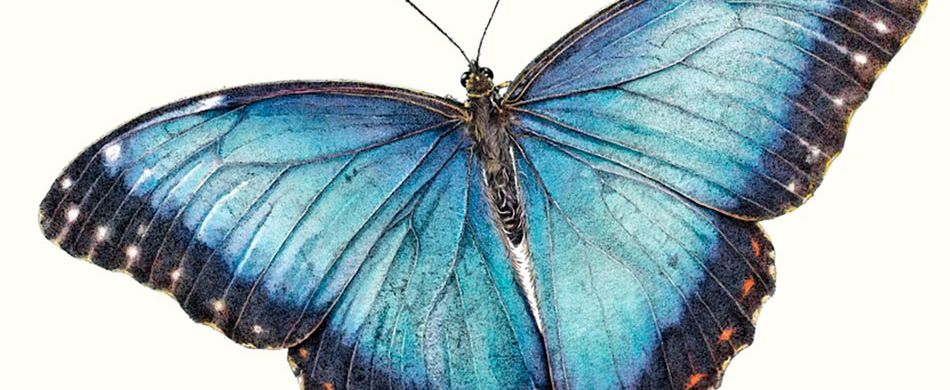WHEN I was in high school I had a classmate, Diego, who was very fond of butterflies. He had started drawing them as a child, then taking pictures of them whenever he saw a beautiful specimen in his garden, and finally raising them. A breeder had given him some caterpillars of the swallowtail, one of the most beautiful butterflies in Italy. He kept them in a box and fed them with fresh leaves.
When they eventually became large colorful butterflies, having passed though the chrysalis stage, Diego was so impressed and happy that he decided to devote all his spare time to breeding these insects and then, once they had become beautiful creatures, release them into the wild. He was convinced that these enchanting wonders of nature would bring pleasure to the eye, but above all would contribute to pollination, an indispensable process for plant reproduction.
He was probably the first person I met who not only felt called to protect the environment, but also to live his faith in relationship with all of God’s creatures.
At the end of school I lost all contact with him because he moved with his family to a tiny village near Vicenza. Anyway, in my imagination, I see Diego in a beautiful meadow with his grandchildren, and hundreds of butterflies flying around them.
There are many symbols related to Easter, but one of my favorites is indeed the butterfly. Its whole life cycle symbolizes the life, death and resurrection of Jesus.
The first stage is that of a caterpillar, which could be said to represent the Lord’s earthly life as a true man. The second phase is the chrysalis stage, which depicts Jesus’ death and burial in the Holy Sepulchre. Yet for every chrysalis the time comes when its life inside begins to writhe, the top cracks open, and a beautifully-formed butterfly emerges. And then, before you know it, the butterfly glides aloft, effortlessly riding the currents of the air, alighting on flower after flower. This is indeed the third stage which represents Christ’s glorious resurrection from the dead, when the burial clothes that once wrapped his body lie folded in the tomb, mute testimonies that the corpse they had once shrouded has now emerged to life.
On Easter morning the disciples “saw the strips of linen cloth lying there, as well as the cloth that had been wrapped around Jesus’ head. The cloth was still lying in its place, separate from the linen” (John 20: 6-7). Only the corpse was gone, a bit like an empty chrysalis abandoned by a butterfly that has left to hover free.
“He is risen as He said,” an angel tells the incredulous disciples, and later that day, Jesus appears to them in the Upper Room where He had instituted the Eucharist. Even ‘Doubting Thomas’ doesn’t doubt for long that Jesus has actually risen from the dead.
Jesus’ resurrection from the grave is God’s proof to us that death is not the end. The empty tomb and the Lord’s Spirit within us testify that Easter morning is God’s triumph over death, a death from which He will also raise us if we believe in His Son. In celebrating His resurrection, therefore, we celebrate our own assurance of an ultimate triumph over death and the hope of eternal life.
Dear readers, always trust the Lord and never lose heart, and when you go to church on Easter morning don’t forget to look around; you might even see a beautiful butterfly alight on St. Anthony’s lilies.
I wish you an Easter filled with happiness, and with the love and grace of God,




